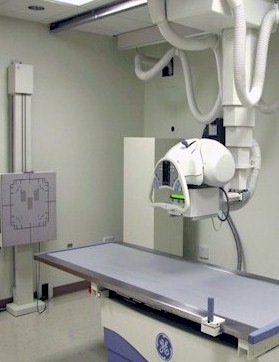I'm in the midst of writing an analysis piece for Yankee about what Apple's announcement of its iPhone Software Development Kit means for enterprises. But here's the short version:
Apple just showed everyone how to grow a developer ecosystem.
Apple kicked off the announcement by giving enterprises features they had requested to approve iPhone uses in business, including:
- Microsoft ActiveSync built in for secure push email and remote wipe and Exchange integration,
- 802.1x and WPA2 WiFi security,
- Cisco VPN support for secure communication
But then Apple kicked things up a notch with the SDK details, which included:
- Complete integration with Apple's existing developer framework, Xcode,
- Performance analysis tools to make apps run fast on the iPhone
- Access to nearly every API on the device, including OpenGL, multi-touch, WiFi, accelerometers
- A full iPhone simulator to help with debugging.
Just to prove this wasn't hype, Apple gave the SDK to a group of companies for about two weeks to see what they could do with it. Each of those companies created versions of their applications in that time, including Electronic Arts' Spore, Salesforce's Salesforce Automation Epocrates's instant messenger, Epocrates' Drug Identifier, and Sega's Super Monkey Ball. Not bad for two weeks of work.
But the real surprise was Apple's efforts to market and develop an ecosystem for third-party iPhone development. Marketing and distribution terms were:
- All third-party applications will be distributed through a new iPhone AppStore. Developers wishing to do so pay a $99 fee, but can set their own prices for their apps, including free should they choose to do so.
- iTunes will have a part of its store dedicated to third-party apps and promoting the top downloads. Developers get 70% of revenues for paid apps.
- Kleiner Perkins is launching a $100 million iFund to fund iPhone developer companies. That means money shouldn't be a barrier to getting an great third-party iPhone software business off the ground.
Now I know that not everyone will agree with all the details, and I think everyone expected Apple to seed iPhone development with its SDK. But what Apple actually did is till the ground for development with enterprise features, seed it with the SDK, water it with marketing and distribution, and fertilize it with cash. If third-party apps don't grow with that kind of support, nothing will.


